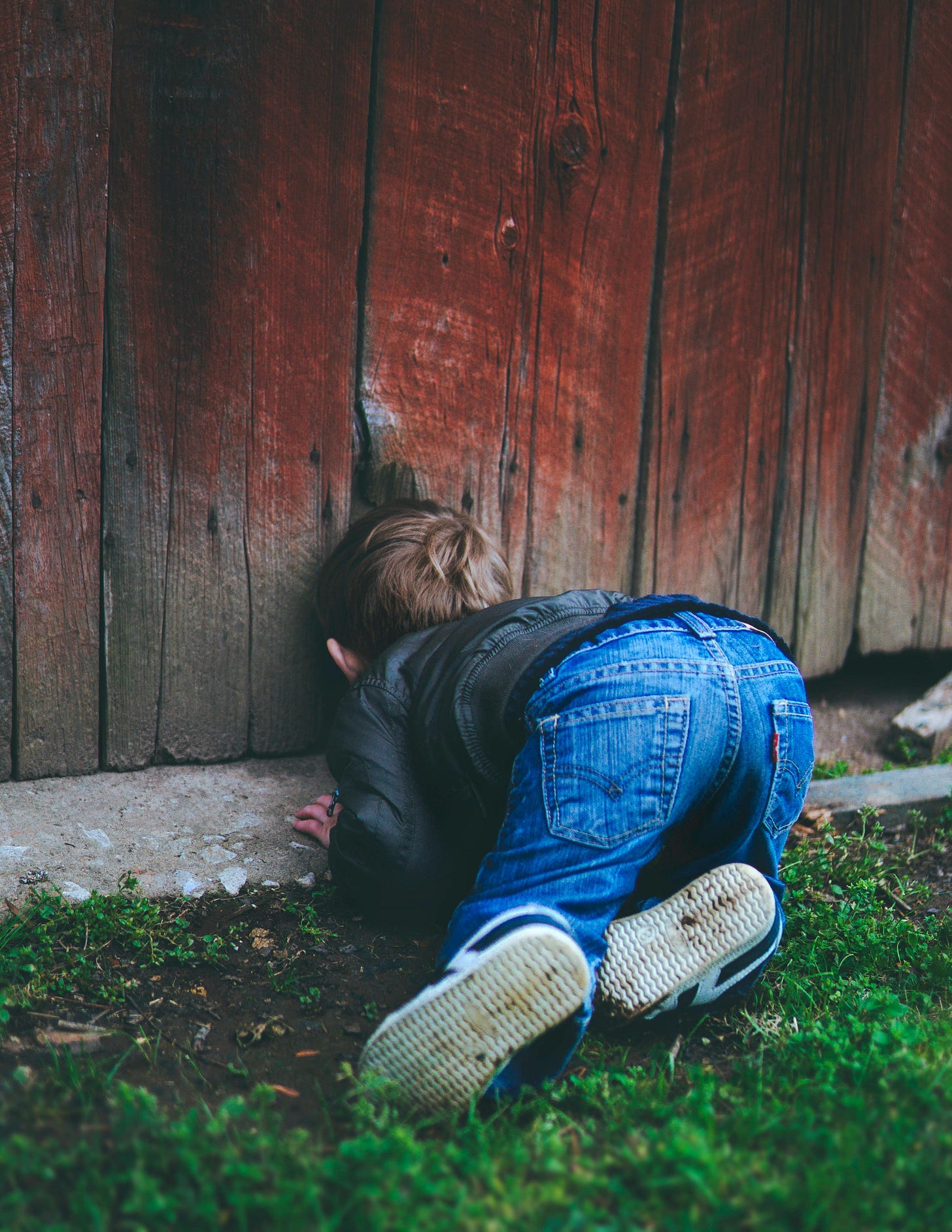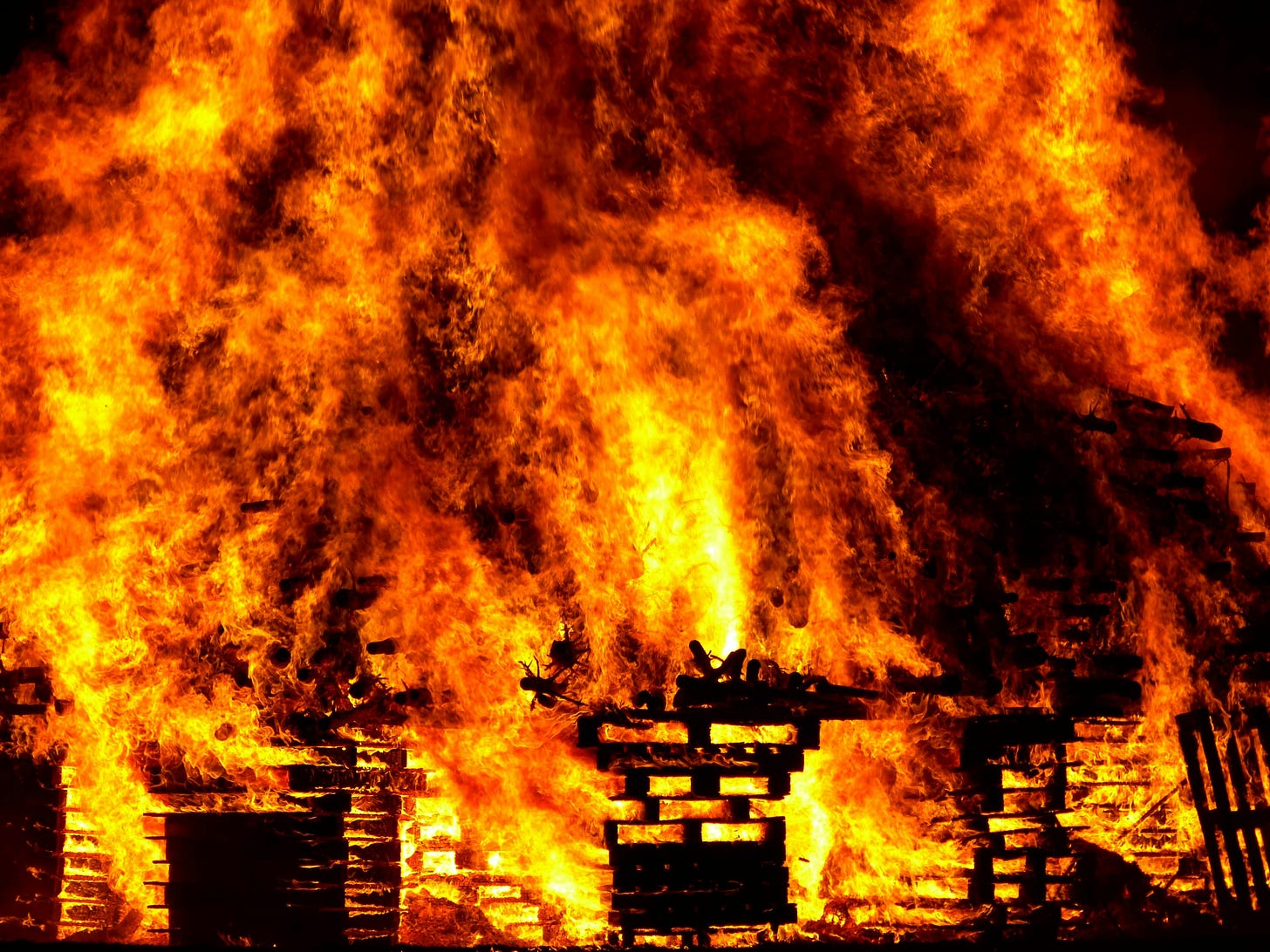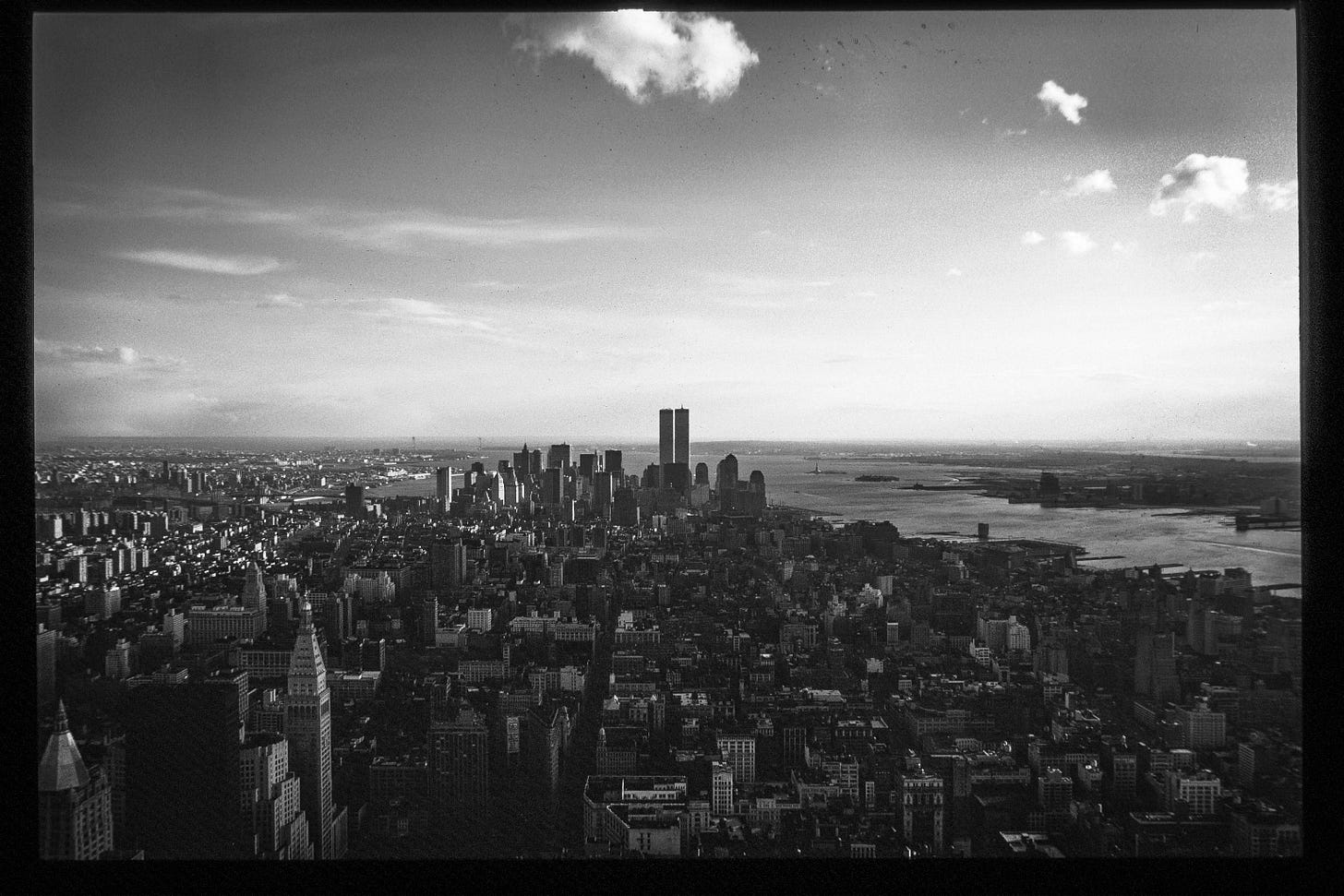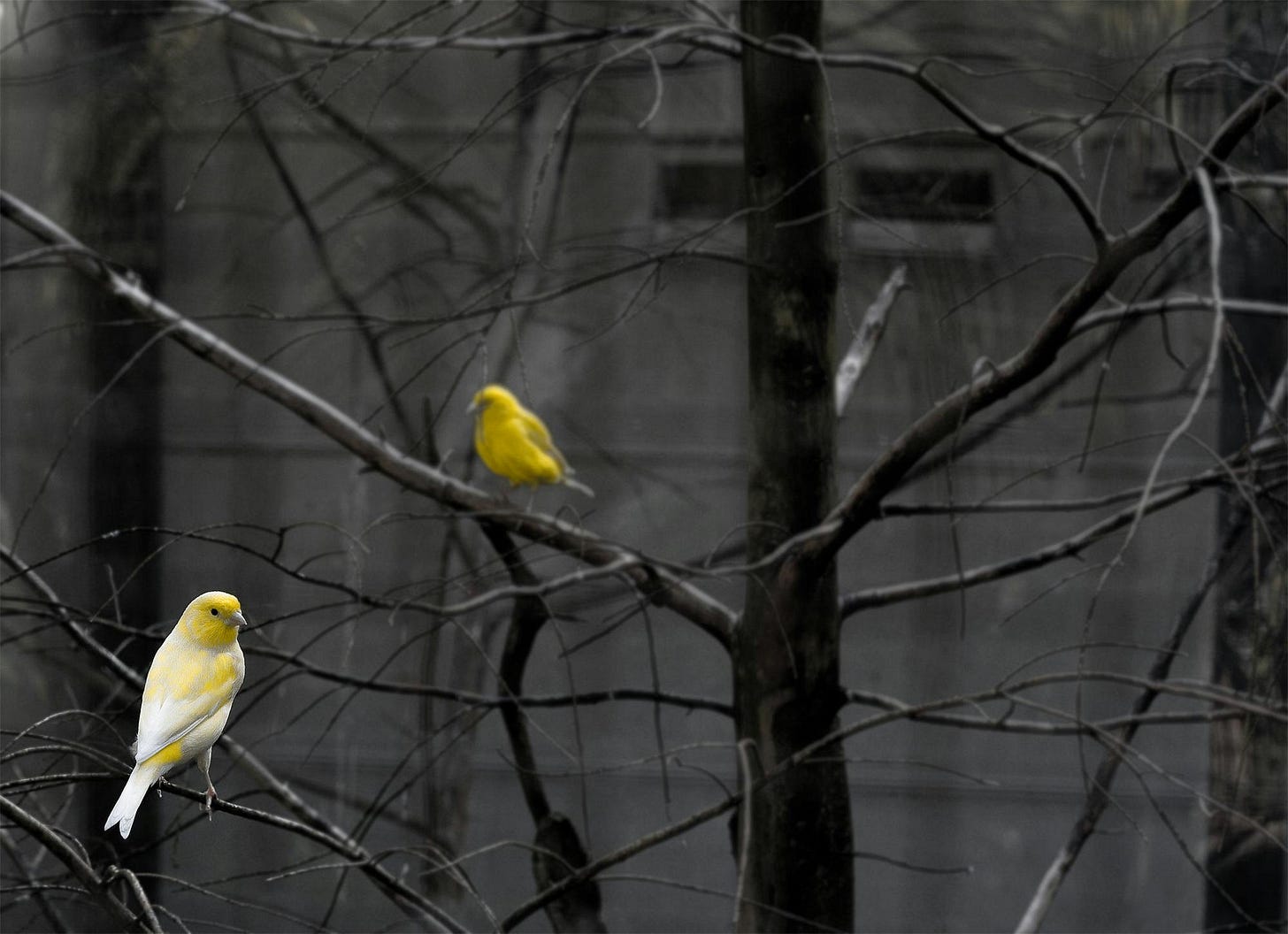Baptized in Violence
On autistic empathy, numbness, and the strange inheritance of a millennial childhood
The Porous Ones
Some arrive in the world without armor.
They are soft-skinned and wide-eyed, open to every gust of wind, every ripple of sorrow in the air. They are called sensitive, empathic, sometimes fragile. Their families mistake them for dreamers, their teachers for worriers. But the truth is this: they are porous.
Porous to sound, to light, to grief.
Porous to the world’s endless churning ache.
They absorb suffering the way a sponge drinks water. They cry at the hospital scene in a film, they wince at the raised voice of a stranger, they grieve for the deer by the roadside as if it were kin.
It is not a choice. It is their nervous system’s strange design—an autistic compassion that blurs the line between self and other, a bottomless ache disguised as sensitivity.
But when the flood grows too heavy, they do not drown. They harden. They learn the art of numbness—
a survival spell, a way to keep carrying what should not be carried.
Baptized by Fire and Ash
The porous millennial was baptized not in church basins but in explosions.
Their childhood christening came with smoke.
April 19, 1995. The Oklahoma City bombing.
September 11, 2001. The towers, the fire, the ash raining like gray snow.
What most remember as national tragedies were, for them, formative lullabies. The television hummed with sirens. The air smelled of panic and cement dust. These were not just events—they were initiation rites into a world where innocence was impossible.
Childhood ended before it began.
Safety became a rumor.
The porous millennial grew up in a country that told its children bedtime stories of terror alerts and color-coded fear. And the porous body, already raw with empathy, drank it all in until violence became the background radiation of being alive.
Childhood ended before it began.
Safety became a rumor.
Watching and Not-Watching
When violence erupts now, the ritual is automatic.
The porous millennial pressed play on the video of Charlie Kirk’s shooting. Once. Twice. A dozen times. Not out of cruelty, not out of thrill, but out of the same old instinct: maybe the brain will understand if it rehearses the horror enough times. Maybe numbness can be cracked open with repetition.
But the only thing unlocked was exhaustion.
Afterward came sleep. Twelve hours of merciful blackout. The nervous system, overloaded with signals, flipped its own switch. This is what it looks like when the body says: enough.
To outsiders, this appears callous—how can someone watch blood and fall into such peaceful slumber?
But numbness is not apathy.
Numbness is grief congealed into silence.
Numbness is grief congealed into silence.
Ghosts in the Bloodstream
Violence does not leave when the screen turns off. It lingers, spectral, in the bloodstream. The porous ones carry ghosts in their veins: the fire of Oklahoma, the ash of Manhattan, the blurred face of a man falling from a skyscraper, the crack of gunfire replayed on loop.
They do not summon these images—they arrive unbidden, like crows at a window.
And yet, even under the weight of these hauntings, the porous ones laugh at dinner tables, sing to their children, fall in love. They know how to keep living with ghosts perched on their shoulders.
This is the paradox of autistic empathy: to be hollowed out by what others overlook, and yet to appear hollow to those who cannot see the depth of what is carried.
They know how to keep living with ghosts perched on their shoulders.
The Ache Beneath the Numbness
Numbness is misunderstood.
It is not a void. It is a compression chamber, where unbearable tenderness is squeezed so tightly it cannot move.
The porous millennial aches even when no tears fall. The heart grieves even when the face is calm. Compassion has not died; it has gone underground, into the marrow, waiting for a season safe enough to rise.
And when it rises, it often comes out sideways: in poetry, in restless insomnia, in the sudden need to hold someone’s hand in the grocery store.
Compassion has not died; it has gone underground, into the marrow, waiting for a season safe enough to rise.
Carrying What Cannot Be Carried
The porous ones are still here.
They wake up every morning, ghosts in tow, hearts heavy, sponges already soaked. They pour coffee, check the news, and absorb another day’s worth of sorrow.
And still—still—they love. Fiercely, strangely, stubbornly. They love the world enough to remain open to it, even when it crushes them. They love strangers enough to mourn them. They love beauty enough to find it among the rubble.
This is their inheritance.
This is their terrible gift.
To be baptized in violence, to be numbed by survival, and yet to keep carrying love as if it were the last fragile ember worth protecting.
The porous ones cannot help it. They will carry the unbearable forever.
And in that carrying, they testify:
The world has broken me, and I will love it anyway.
The world has broken me, and I will love it anyway.










I feel so seen by this essay I don't even have an official autism diagnosis.
I have always been hyper sensitive to the world around me and often that means I live my life in shutdown, because it all becomes too much for my nervous system to handle.
But the thing is I love horror movies, the gorier the better. It's the real life stuff that upsets me. Maybe that's my way of dealing with all the bad stuff